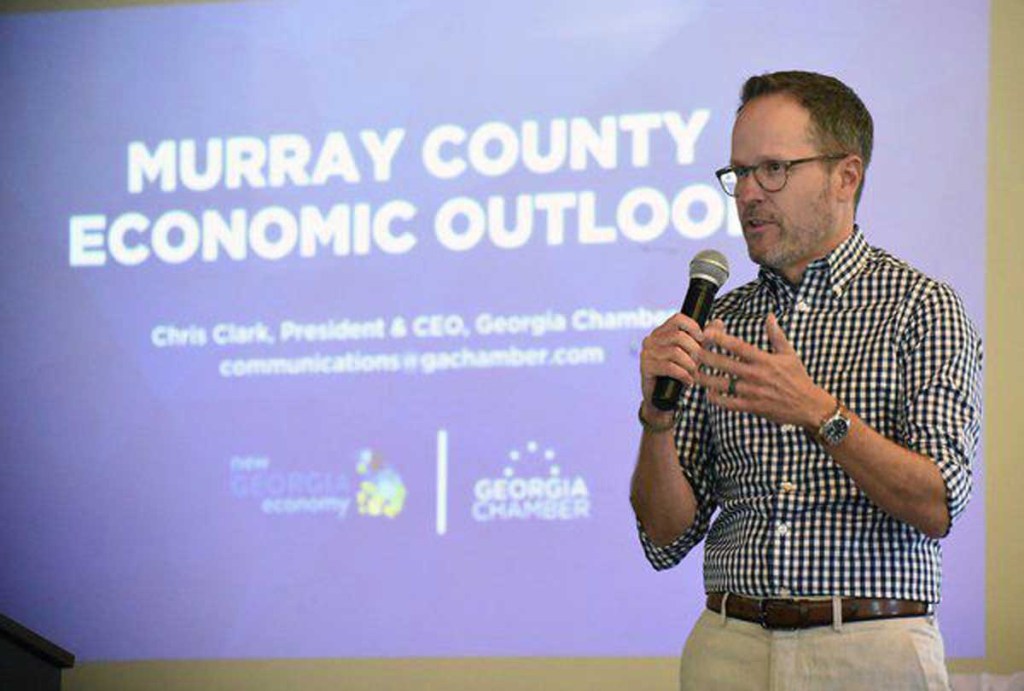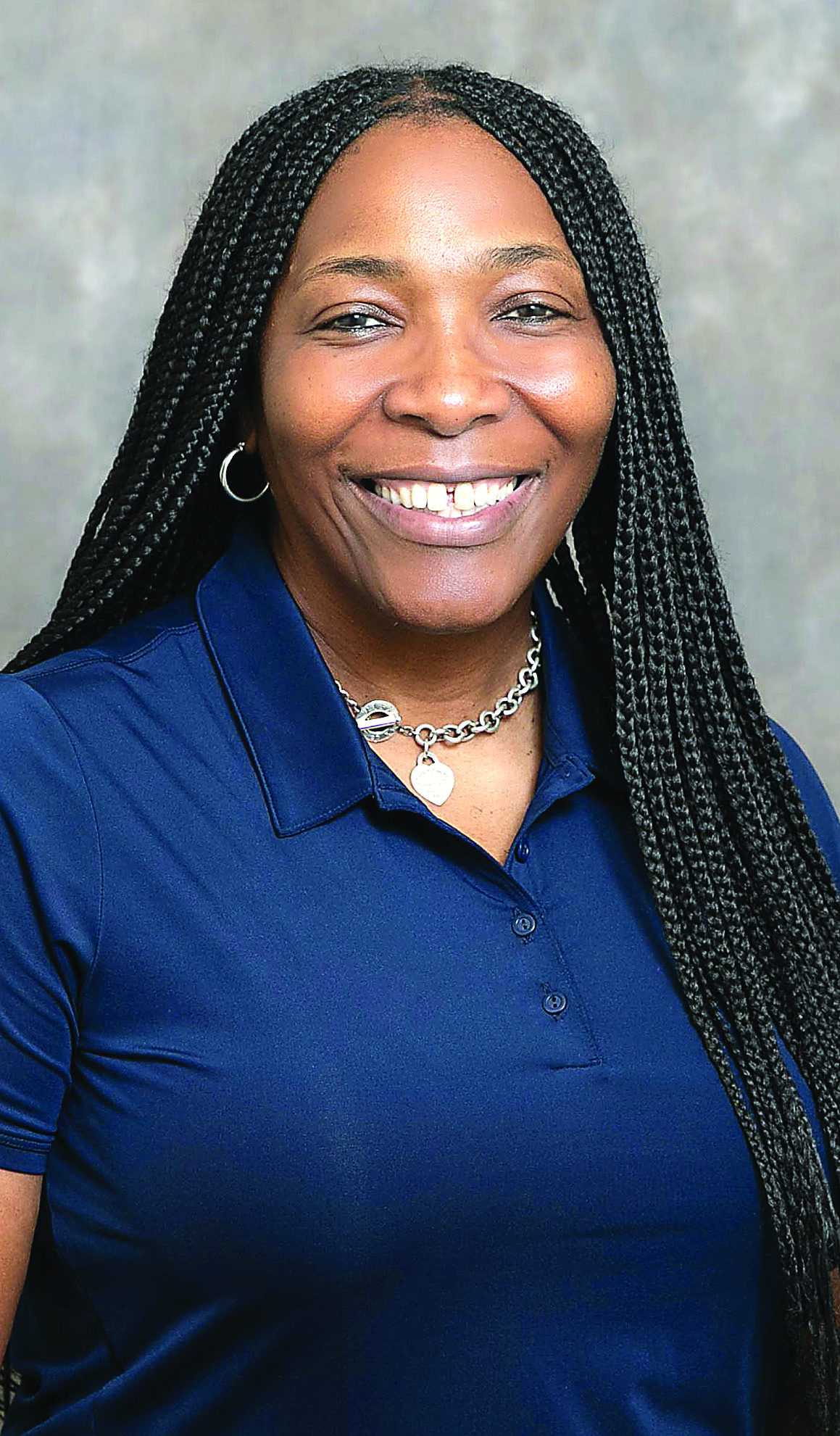State chamber president talks about changing demographics, economy
Published 7:00 am Friday, September 13, 2019

- Matt Hamilton/Daily Citizen-NewsChris Clark, Georgia Chamber of Commerce president and CEO, discussed the state's rapidly changing demographics and economy during a lunch and learn event in Chatsworth on Wednesday.
CHATSWORTH, Ga. — Chris Clark, Georgia Chamber of Commerce president and CEO, implored his audience during a Murray County Chamber of Commerce Lunch and Learn event Wednesday to have plans in place for industry disruptions, automation, cybersecurity and response — or else “you will be run over.”
“Talent is the most important thing,” Clark said at the meeting at Harlan Acres in Chatsworth. “You’re going to pay for talent.”
Currently, the economy is experiencing a “convergence,” changing at a rate “we’ve never seen in the history of the world,” said Clark, a Georgia native who has been the president/CEO of the state’s chamber since 2010. There are eight different economics revolutions happening in Georgia today in sectors ranging from the gig economy — which emphasizes temporary positions and short-term engagements for workers, who typically work more than one job — to the sharing economy, to the innovation economy, he said.
By 2020, 40% of all workers in the state will be in the gig economy, 65% of jobs will require at least some college education by 2025 and more than half of today’s jobs are at risk of automation, he said. In addition, 65% of today’s children will work in jobs that don’t yet exist.
Consequently, students need to be taught a plethora of skills, from communication, adaptability and collaboration to entrepreneurship, automation literacy and cultural intelligence, he said. In general, the state needs more creators and creations, as Georgia ranks 32nd nationally in patent creation, he said.
The state is also in the midst of a demographic shift.
By 2020, Georgia is projected to have 11 million residents, and that figure is predicted to rise to 12.2 million by 2030, but 1.1 million of those folks are expected to move into the Atlanta area, Clark said. It behooves the rest of the state outside Atlanta to devise ways to lure at least some of this incoming population so that counties like Murray can remain viable, and that includes nurturing small businesses and entrepreneurs, he added.
Furthermore, Georgia is on track to be a “minority-majority” state by 2030, and by 2040, the state’s population will be 52% non-white, he said. The Atlanta area alone is projected to add a million Hispanic residents by 2040.
Murray County, with a population of nearly 40,000, is 96% white, and the median age is 37.6, which is “pretty good,” Clark said. The state average age is 36, and “you don’t want to be over 40.”
The median household income of $41,617 is “still good for a community this size,” but roughly $15,000 lower than the state average, he said. The home ownership rate of 68% is “very strong,” he added.
What really concerns Clark is the county’s 18.8% poverty rate.
“I think that’s high for a community like this,” he said.
The population of Murray County is expected to grow 2% between 2016 and 2030, which is “better than many rural counties, but not enough,” he said. Furthermore, only 16% of Murray County residents have an associate degree or higher, a figure than “needs to be 25% or 30%.”
Murray County’s chamber is well aware of those challenges, and the board of directors has a “vision” for the future, said Merinda McGill, chairwoman of the chamber’s executive board.
“We are working hard to attain it.” McGill said.
Welcoming Clark Wednesday to discuss the shortterm and longterm future of the state and local area is valuable for chamber members, McGill said. Lunch and Learn meetings like Wednesday’s not only provide a chance for members to network, but also receive “information and tools they can take back to their businesses so they can grow,” because “growth is what we’re all about.”
The chamber has Lunch and Learn events on the second Wednesday of each month, she said. The next is Oct. 9 with speaker Robbie Slocumb, regional director of the Boys & Girls Clubs.





